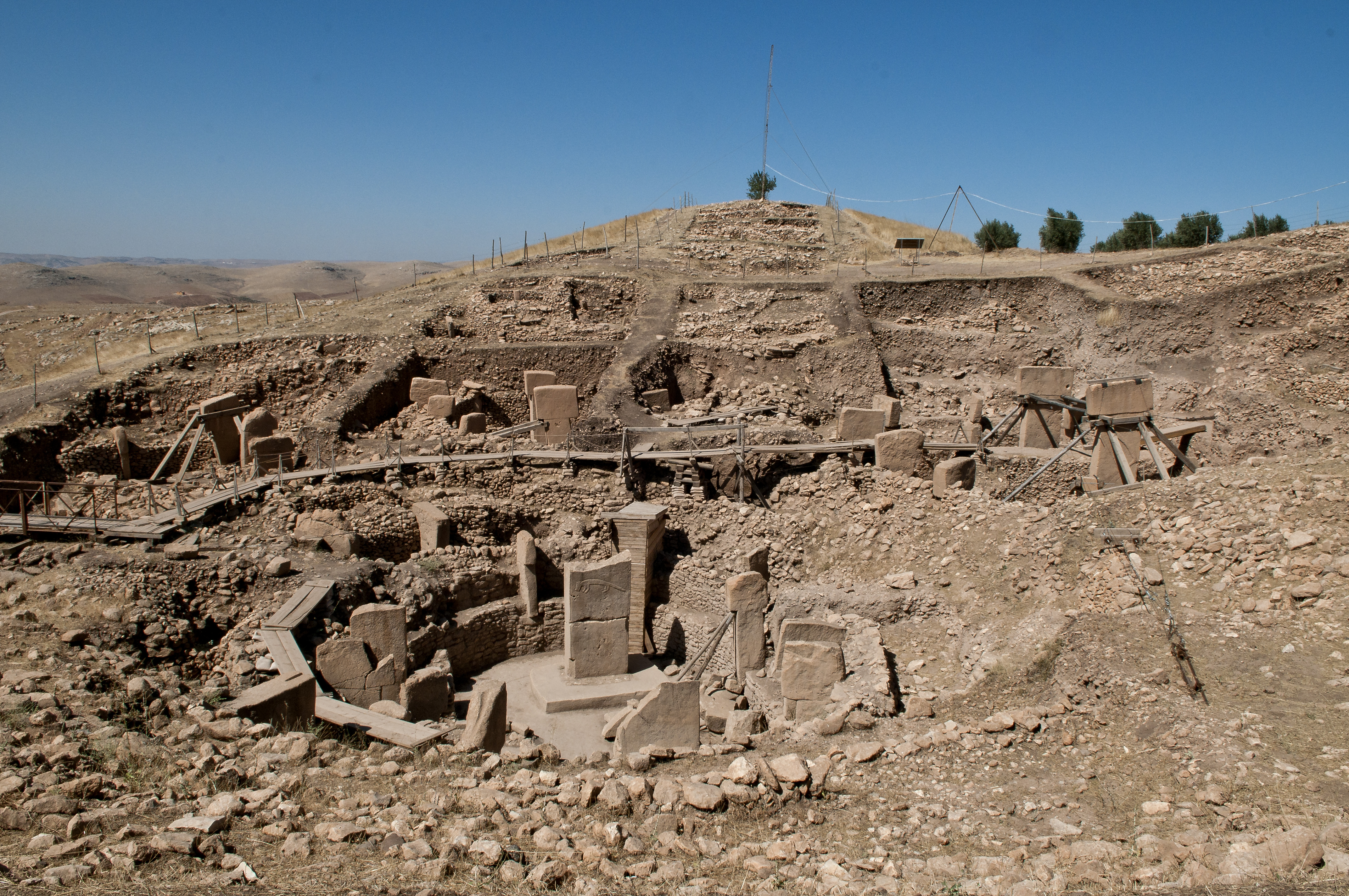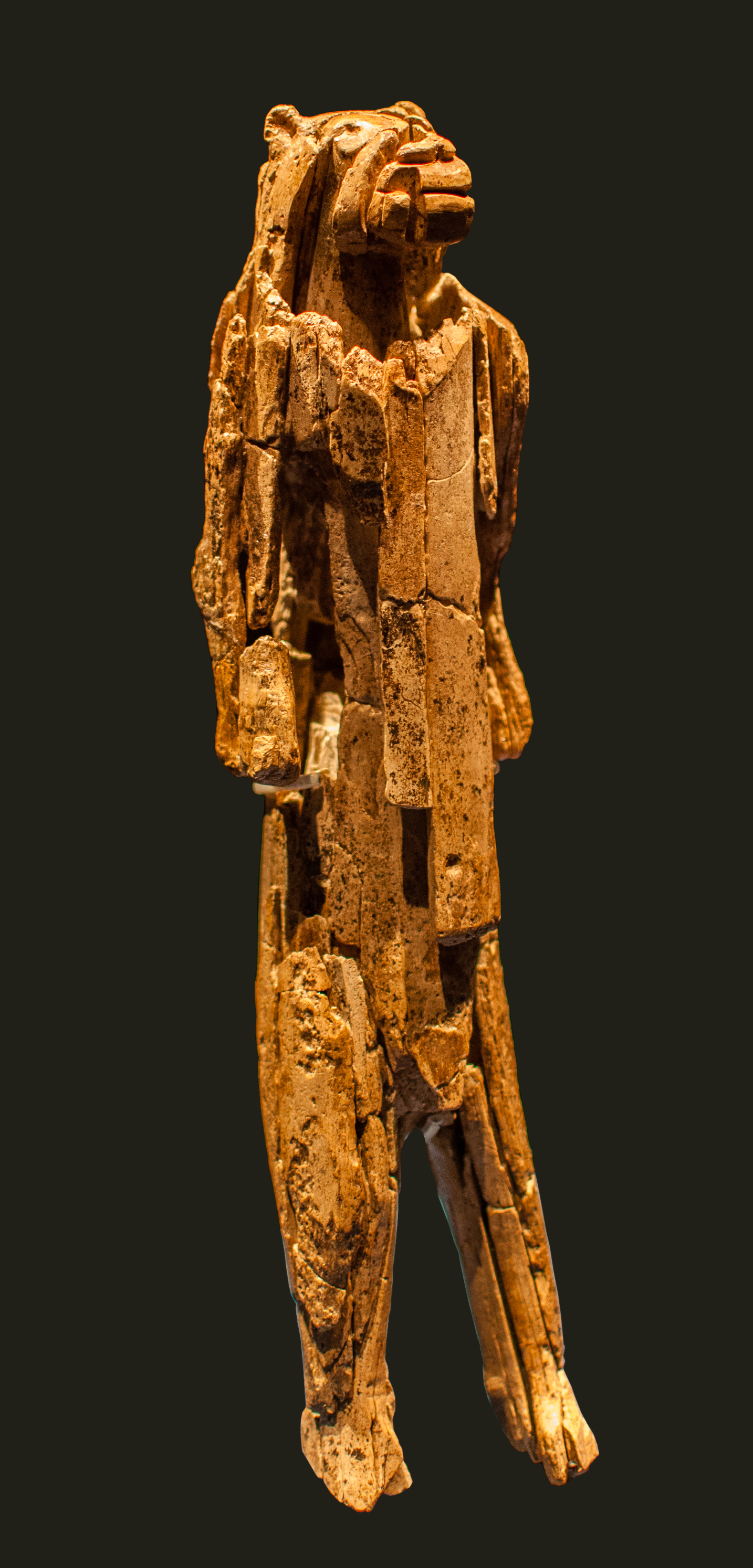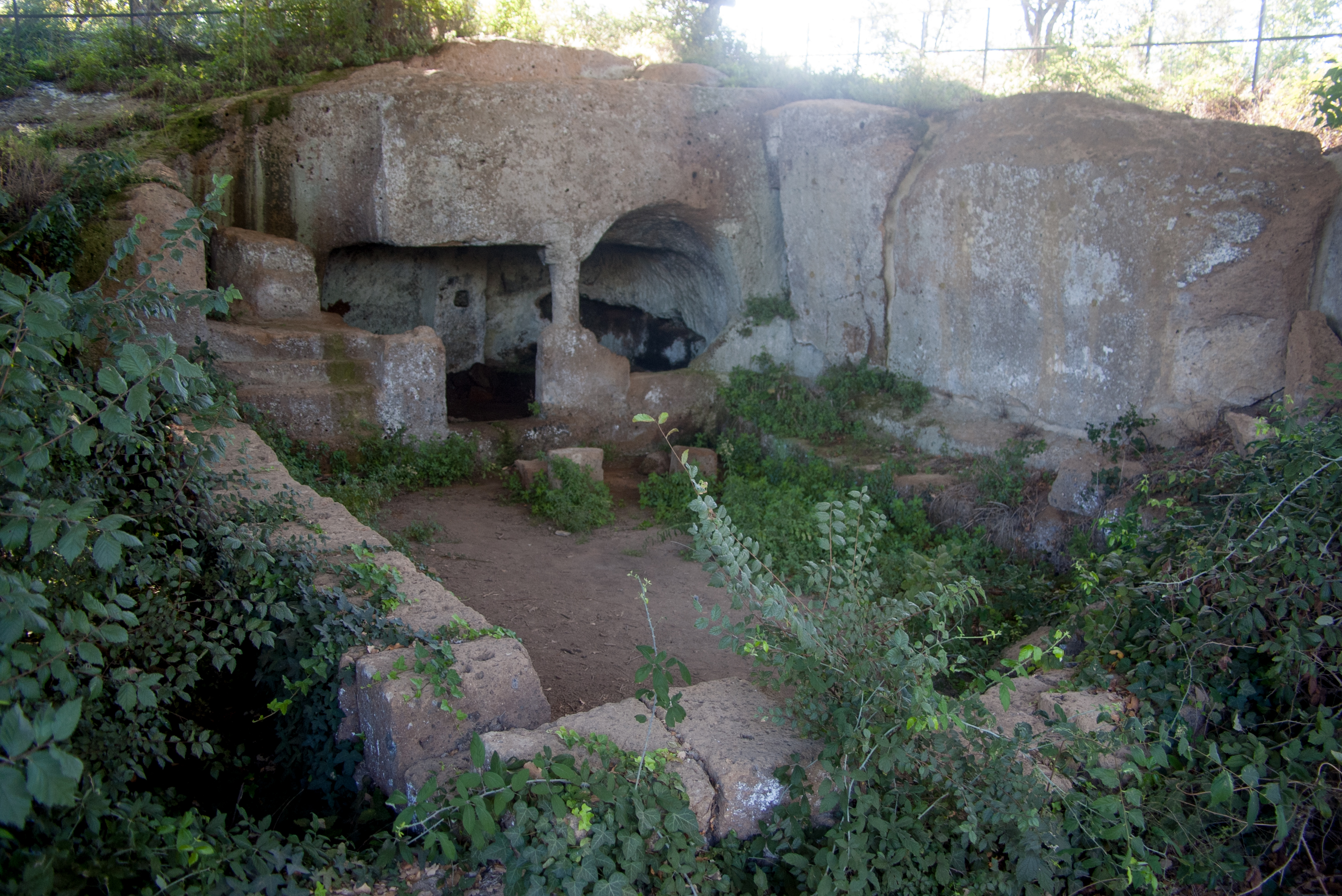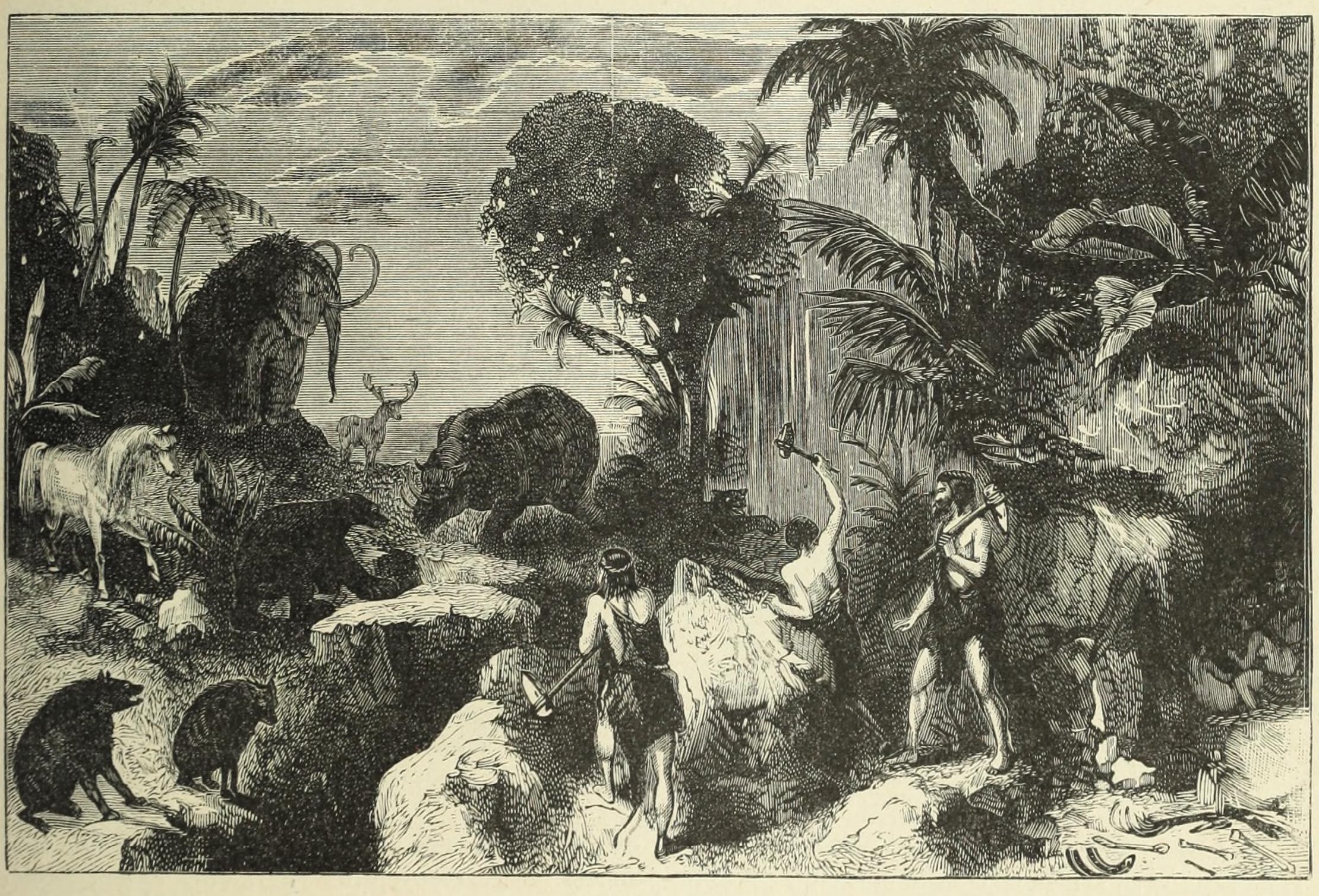Prehistoric peoples
Enlarge text Shrink text- Acad. Am. encyc., 1994(Prehistoric humans)
- Americana, 1995(Prehistoric human beings; Prehistory)
- Britannica Micro.(Prehistoric peoples and cultures; Prehistoric archaeology)
- Wikipedia, April 4, 2008:(cavemen: popular stock character based upon stereotyped concepts of the way in which early prehistoric humans or homininans may have looked and behaved; often shown as living in caves; but this stemmed from the ritual paintings found in caves: it is more probable that the caves were religious gathering places or temporary shelter, and not the actual dwellings of the supposed "cavemen")
Prehistory, also called pre-literary history, is the period of human history between the first known use of stone tools by hominins c. 3.3 million years ago and the beginning of recorded history with the invention of writing systems. The use of symbols, marks, and images appears very early among humans, but the earliest known writing systems appeared c. 5,200 years ago. It took thousands of years for writing systems to be widely adopted, with writing having spread to almost all cultures by the 19th century. The end of prehistory therefore came at different times in different places, and the term is less often used in discussing societies where prehistory ended relatively recently. In the early Bronze Age, Sumer in Mesopotamia, the Indus Valley Civilisation, and ancient Egypt were the first civilizations to develop their own scripts and keep historical records, with their neighbours following. Most other civilizations reached their end of prehistory during the following Iron Age. The three-age division of prehistory into Stone Age, Bronze Age, and Iron Age remains in use for much of Eurasia and North Africa, but is not generally used in those parts of the world where the working of hard metals arrived abruptly from contact with Eurasian cultures, such as Oceania, Australasia, much of Sub-Saharan Africa, and parts of the Americas. With some exceptions in pre-Columbian civilizations in the Americas, these areas did not develop writing systems before the arrival of Eurasians, so their prehistory reaches into relatively recent periods; for example, 1788 is usually taken as the end of the prehistory of Australia. The period when a culture is written about by others, but has not developed its own writing system, is often known as the protohistory of the culture. By definition, there are no written records from human prehistory, which can only be known from material archaeological and anthropological evidence: prehistoric materials and human remains. These were at first understood by the collection of folklore and by analogy with pre-literate societies observed in modern times. The key step to understanding prehistoric evidence is dating, and reliable dating techniques have developed steadily since the nineteenth century. The most common of these dating techniques is radiocarbon dating. Further evidence has come from the reconstruction of ancient spoken languages. More recent techniques include forensic chemical analysis to reveal the use and provenance of materials, and genetic analysis of bones to determine kinship and physical characteristics of prehistoric peoples.
Read more on Wikipedia >
 Topic
Topic














